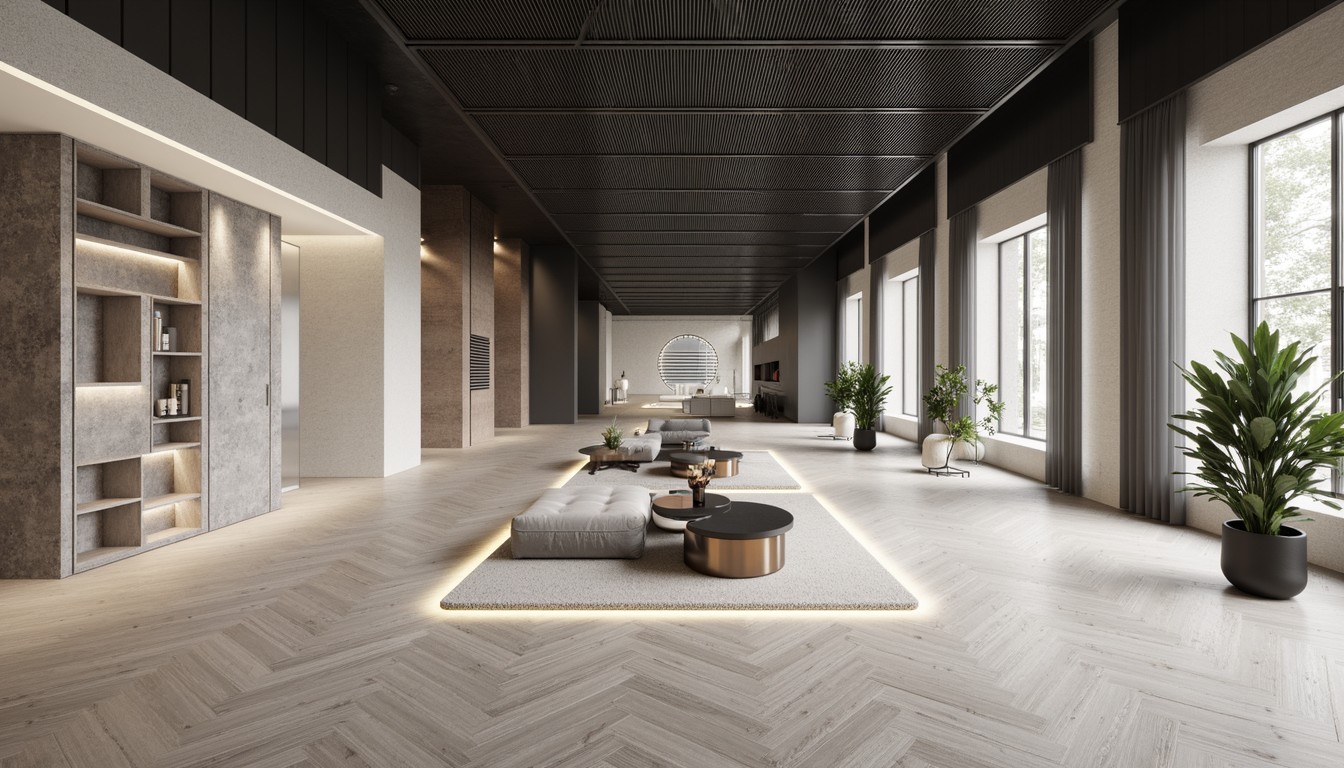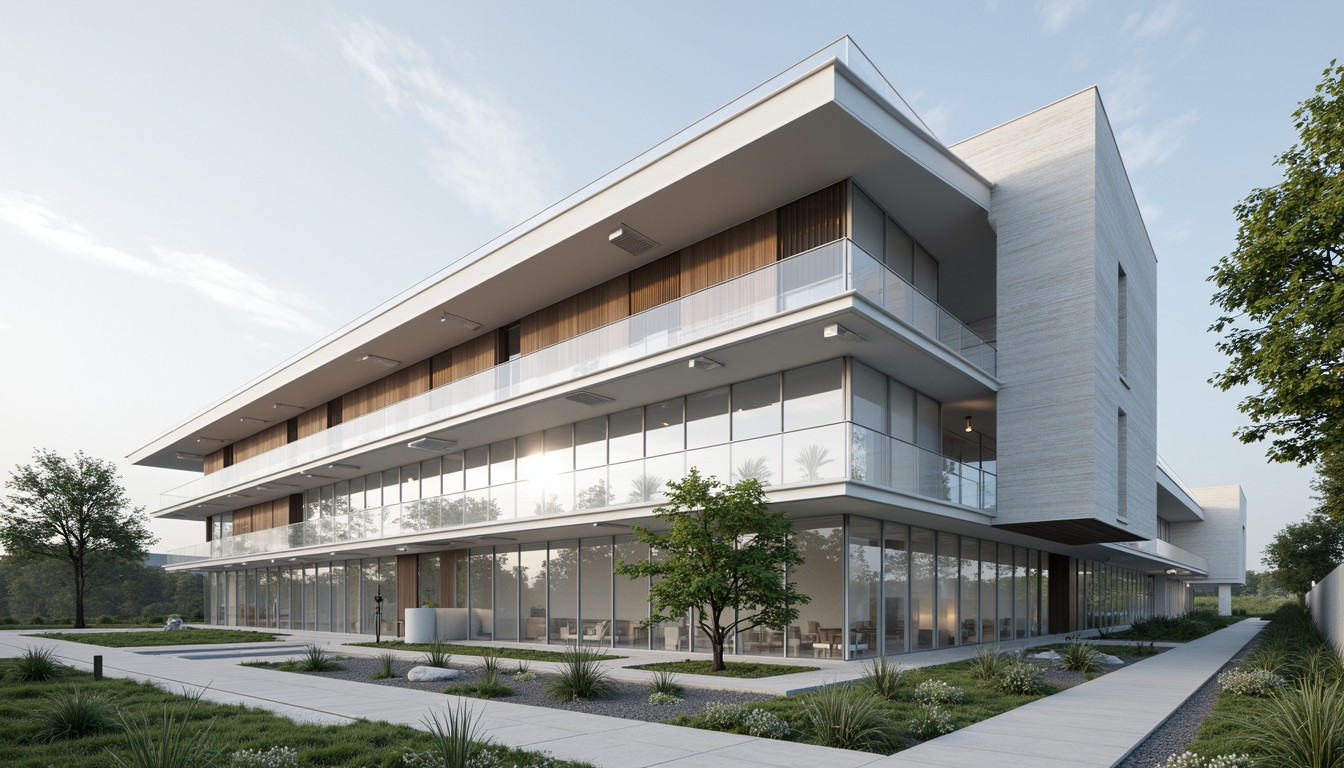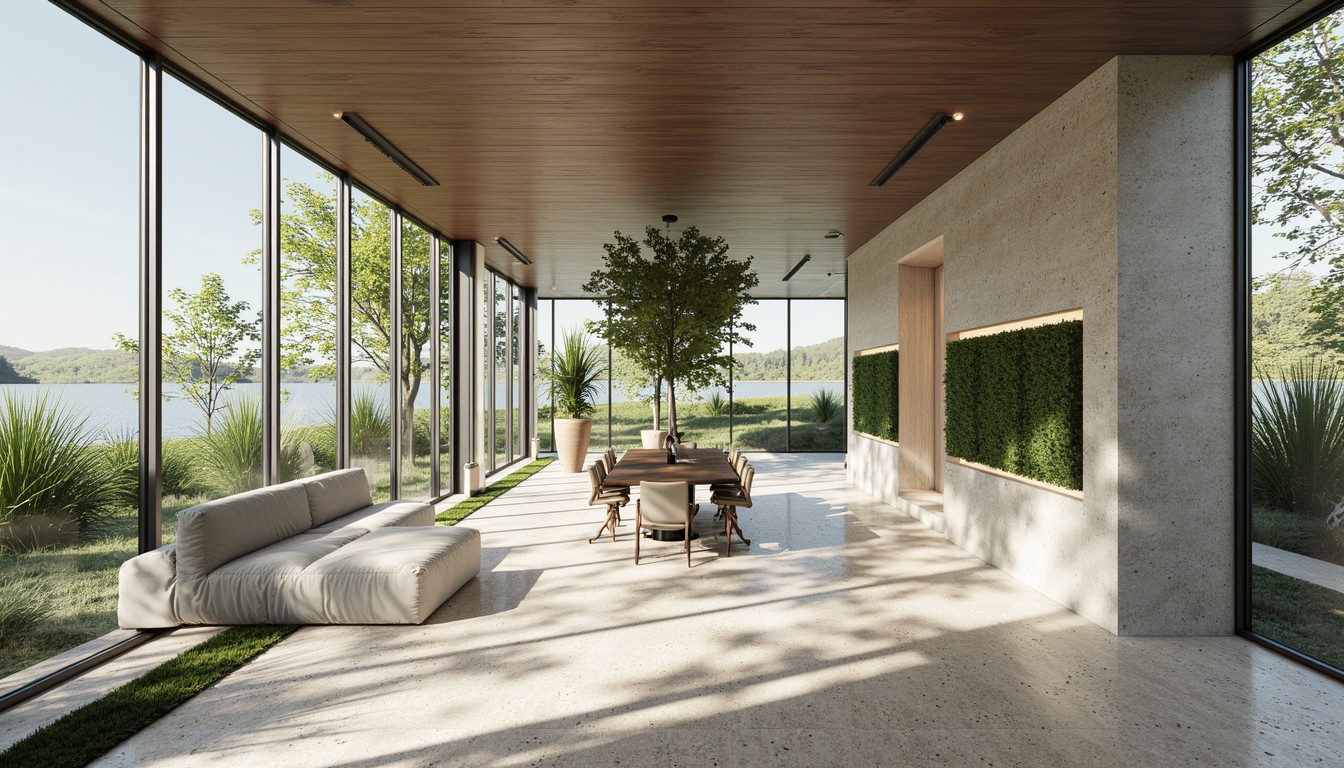Sustainable Architecture: Green Building Technologies & Design
The built environment significantly contributes to global carbon emissions and resource depletion. Sustainable architecture, also known as green building, offers a powerful solution by integrating environmentally responsible design principles and technologies throughout the building lifecycle. From conception to demolition, sustainable practices aim to minimize the negative environmental impact while maximizing human health and well-being.
Key Principles of Sustainable Architecture

Sustainable architecture goes beyond simply using eco-friendly materials. It encompasses a holistic approach, considering:
- Energy Efficiency: Minimizing energy consumption through passive design strategies (optimal building orientation, natural ventilation, daylighting) and active systems (solar panels, efficient HVAC).
- Water Conservation: Implementing water-efficient fixtures, rainwater harvesting, and greywater recycling systems.
- Material Selection: Prioritizing sustainably sourced and recycled materials with low embodied carbon, minimizing waste during construction.
- Indoor Environmental Quality: Ensuring healthy indoor air quality through proper ventilation, minimizing the use of harmful materials, and optimizing thermal comfort.
- Site Selection and Development: Choosing appropriate locations to minimize land disturbance, protecting natural habitats, and utilizing existing infrastructure.
- Lifecycle Assessment: Evaluating the environmental impact of a building throughout its entire life, from construction to demolition and recycling.
Green Building Technologies: Innovations Shaping the Future

Numerous innovative technologies are driving the advancement of sustainable architecture. These technologies are constantly evolving, offering increasingly efficient and effective solutions:
1. Passive Design Strategies:
Passive design utilizes the natural environment to reduce energy consumption. This includes techniques like:
- Building Orientation and Shading: Optimizing building placement to maximize solar gain in winter and minimize it in summer.
- Natural Ventilation: Utilizing natural airflow to cool buildings, reducing reliance on mechanical systems.
- Daylighting: Maximizing natural light penetration to reduce reliance on artificial lighting.
2. Renewable Energy Technologies:
Harnessing renewable energy sources is crucial for reducing carbon emissions. This involves:
- Photovoltaic (PV) Solar Panels: Generating electricity directly from sunlight.
- Solar Thermal Collectors: Utilizing solar energy to heat water for domestic use.
- Wind Turbines: Converting wind energy into electricity, particularly suitable for larger buildings.
- Geothermal Energy: Utilizing the stable temperature of the earth to heat and cool buildings.
3. Smart Building Technologies:
Smart building technologies enhance energy efficiency and optimize building performance through:
- Building Management Systems (BMS): Centralized systems monitoring and controlling various building functions.
- Smart Sensors and Meters: Providing real-time data on energy and water consumption.
- Automated Lighting and HVAC Controls: Optimizing energy use based on occupancy and environmental conditions.
4. Sustainable Materials:
The use of sustainable materials is paramount in reducing the embodied carbon of buildings. This includes:
- Recycled and Reclaimed Materials: Utilizing materials from demolition projects to reduce waste and conserve resources.
- Bio-based Materials: Employing materials derived from renewable biomass sources like bamboo and timber.
- Locally Sourced Materials: Reducing transportation costs and emissions by using materials sourced from nearby regions.
5. Green Roofs and Walls:
Green infrastructure elements improve building performance and enhance the urban environment. Green roofs provide insulation, reduce stormwater runoff, and create habitats for wildlife. Green walls offer similar benefits in addition to aesthetic enhancement.
Real-World Applications: Case Studies

Many buildings globally showcase the successful implementation of sustainable architecture and green technologies. The Bullitt Center in Seattle, USA, is a prime example of a net-zero energy building, achieving exceptional levels of energy efficiency and water conservation. The Eden Project in Cornwall, UK, demonstrates the integration of sustainable design with innovative structural systems and material choices. These projects serve as inspiration and benchmarks for future sustainable building initiatives.
ArchNav: Visualizing Your Sustainable Vision
ArchNav specializes in creating high-quality architectural visualizations that bring your sustainable designs to life. We understand the importance of showcasing the unique features and benefits of green building technologies. Our expert team uses cutting-edge rendering techniques to create compelling visuals that effectively communicate your sustainable vision to clients, investors, and stakeholders. Let us help you showcase the beauty and efficiency of your eco-conscious projects.
Contact us today to discuss your next sustainable architecture project.
